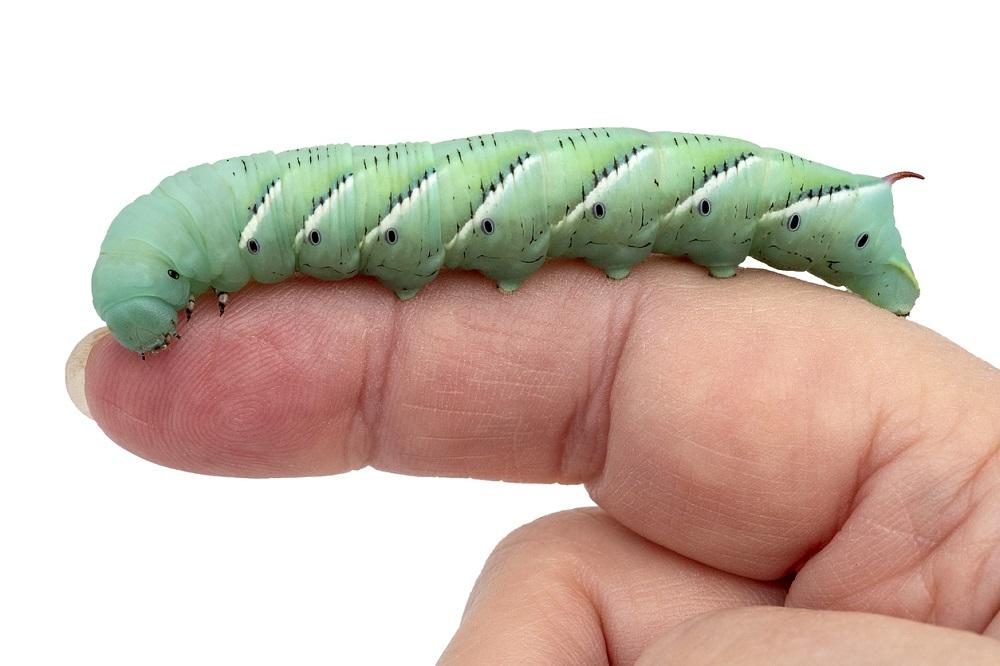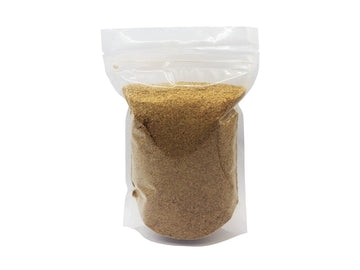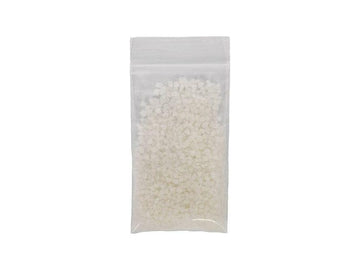What are Hornworms?
Hornworms are a popular feeder for insectivorous and omnivorous pet reptiles and amphibians. They are the larvae (caterpillars) of Manduca genus hawk moths/sphinx moths. Most hornworms used as feeders are Manduca sexta, also known as the tobacco hornworm.
In nature, hornworms are pale green with spots along the sides of their bodies that resemble eyes to ward off bird predators. They also have a soft "horn" on their tail end. They grow up to 3-4" long.
Hornworms' color comes from the plants that they eat. They are especially fond of nightshade family plants such as tomatoes, eggplant, peppers, and tobacco, which makes them a common garden pest. This diet makes them rather toxic to eat, however, so captive-bred hornworms receive a different diet. The captive diet turns them a turquoise color that seems to be especially attractive to reptiles.
Hornworm moths are considered an invasive species and should not be released into the wild if your hornworms pupate. Fortunately, they are perfectly edible to pets, and can be offered via feeding tweezers.
Housing Your Hornworms
Captive-bred hornworms are generally sold in 32 oz deli cups with a mesh or perforated cover, a climbing lattice, and enough food to last 1-2 weeks. When storing your hornworms, the cup should be placed lid-down to make removal of droppings easier.
If you want to use a different container for housing your hornworms, here is what you will need:
A plastic tub and lid.
Ventilation. The easiest way to do this is by cutting out a "window" and using hot glue to adhere fine mesh over the opening.
Something to climb. Gutter guard works well for this. Staple or glue pieces of the climbing material to the bottom of the tub.
Food. Hornworm chow should be arranged at the bottom of the tub, which will become the top of the enclosure.
Hornworms develop best between 70-80°F. However, they grow very quickly, which can make them unsuitable for feeding to smaller reptiles and amphibians. If you need to slow their growth, keep them at 55-65°F. Never put hornworms in the fridge, as this will kill them!
Feeding Your Hornworms
Hornworms that are intended to be used as feeders should not be given their natural diet of tomato leaves, etc. These leaves are toxic to reptiles, and in turn also make the hornworms toxic (which is why you should NEVER feed a wild hornworm to your pet).
Instead, you will need to feed your hornworms with a specially-formulated hornworm chow. This will meet all of their nutritional needs, provide hydration, and gut-load them for use as feeders. Most hornworms are shipped with a lifetime supply of food, but if you need more, you will buy and prepare commercial hornworm chow.
Cleaning Your Hornworm Enclosure
Hornworm enclosures must be cleaned every day to remove droppings. If droppings are not removed, the hornworms will start to eat them, which will make them unsuitable for use as feeders.











